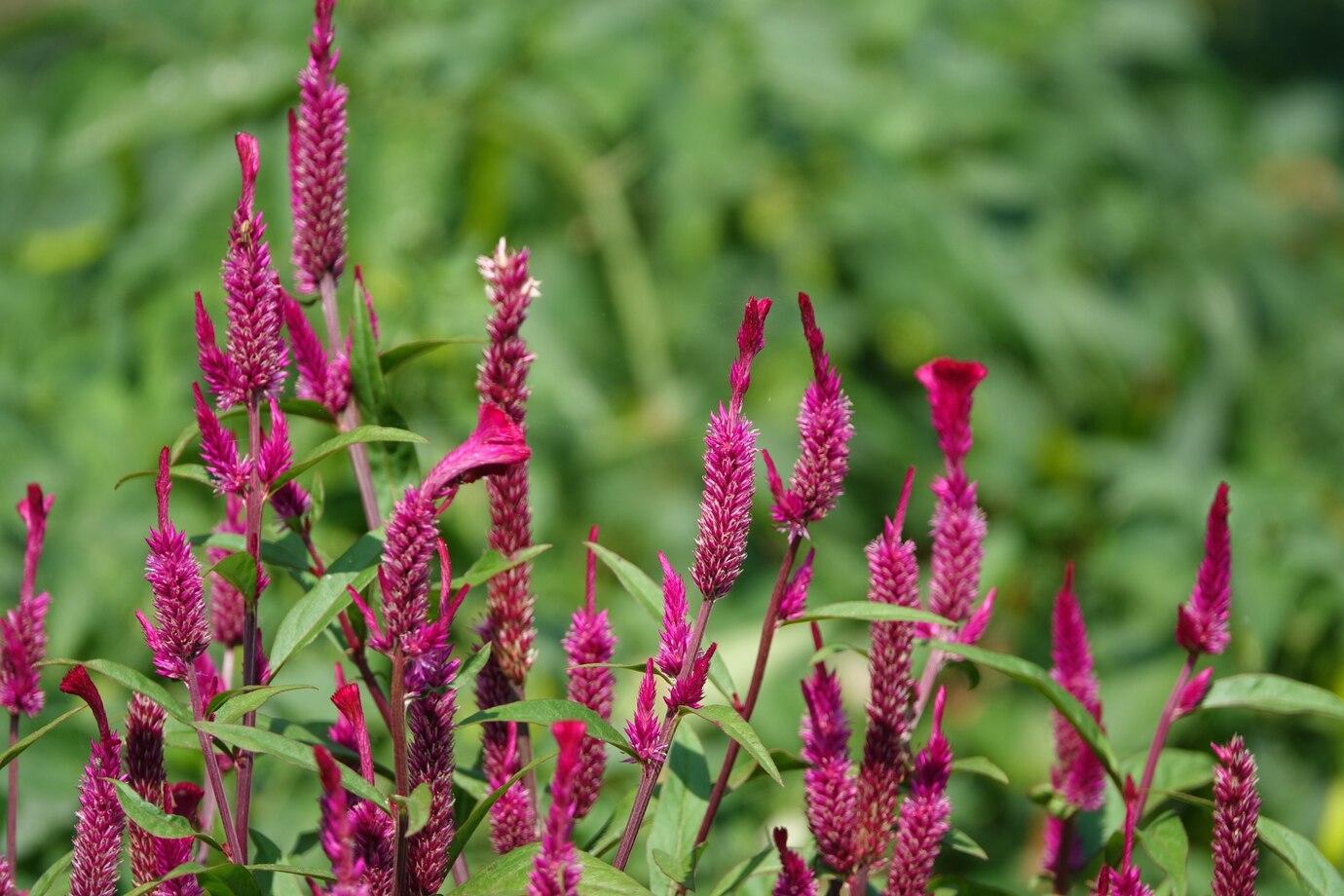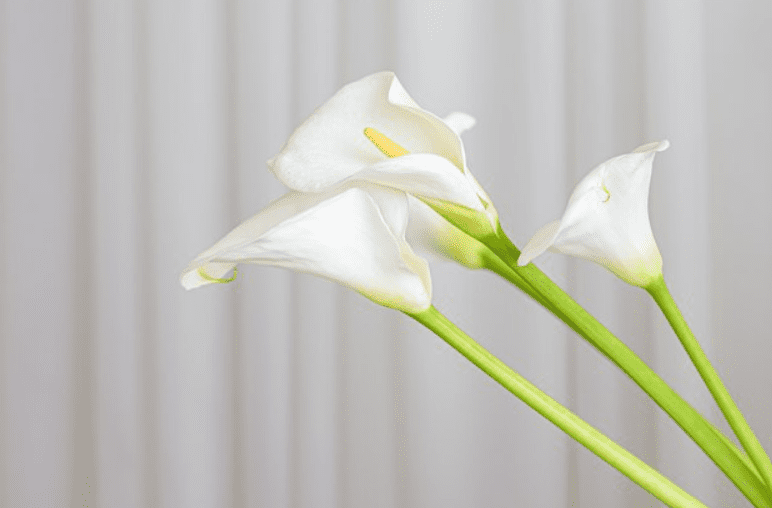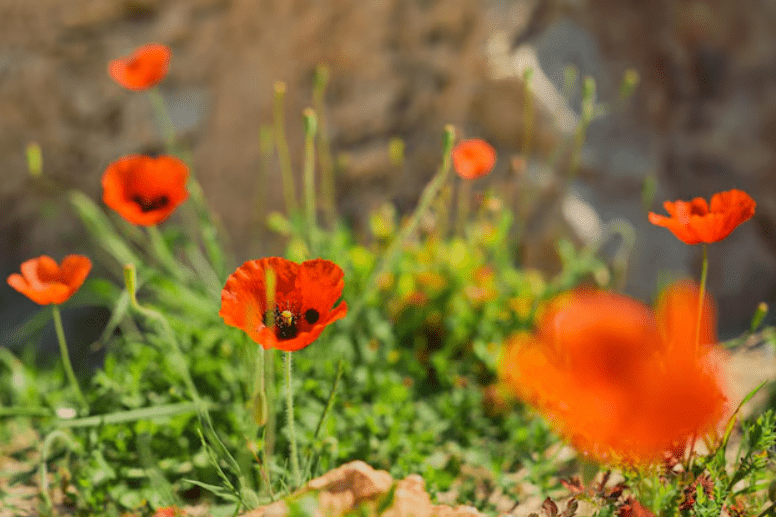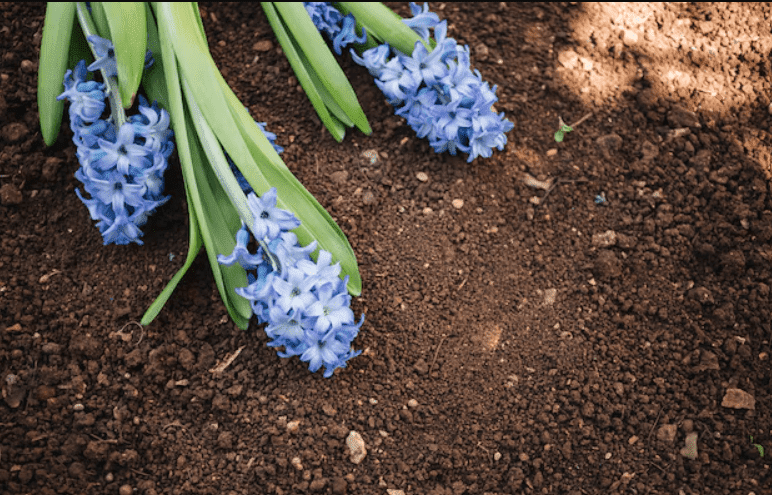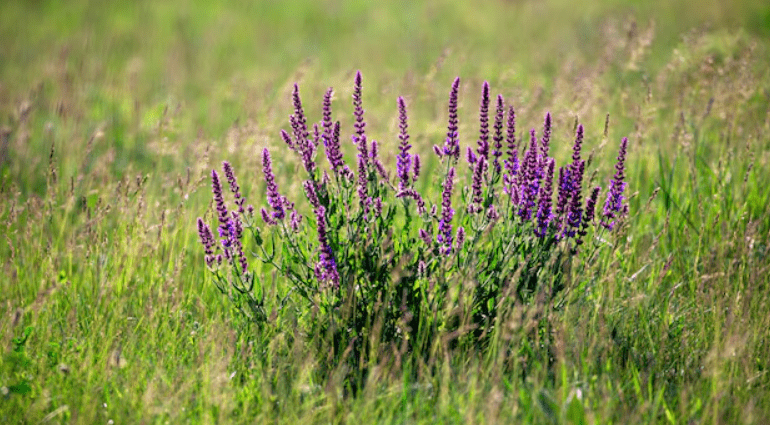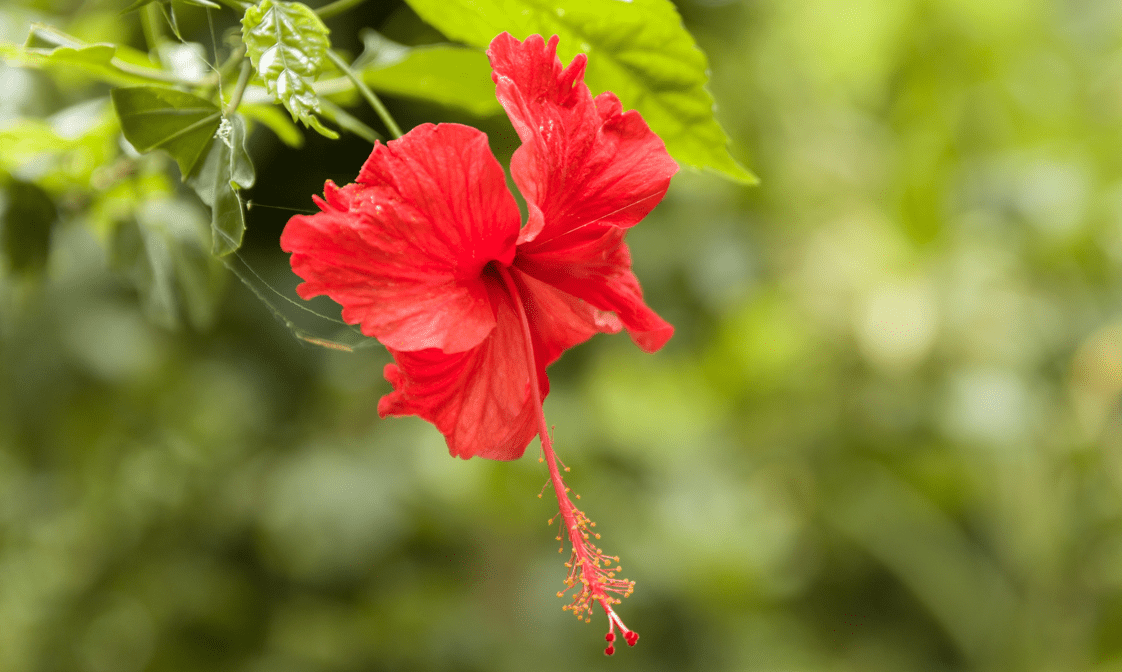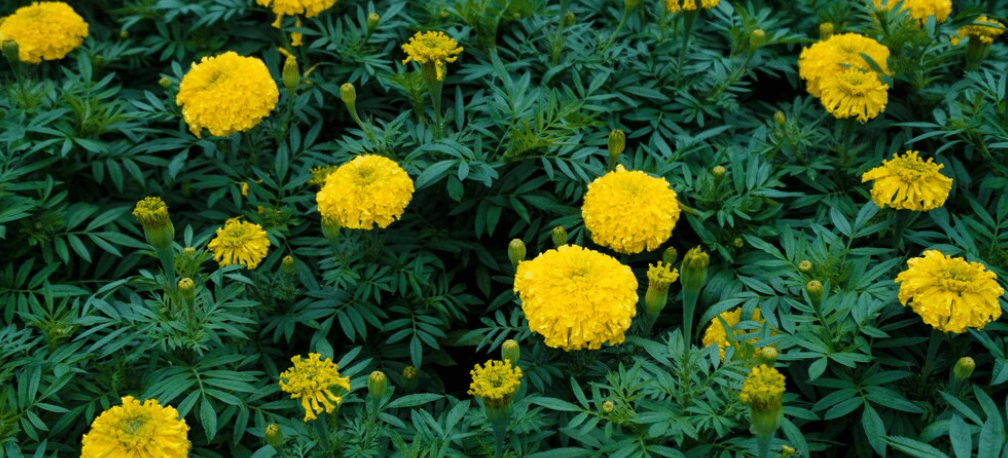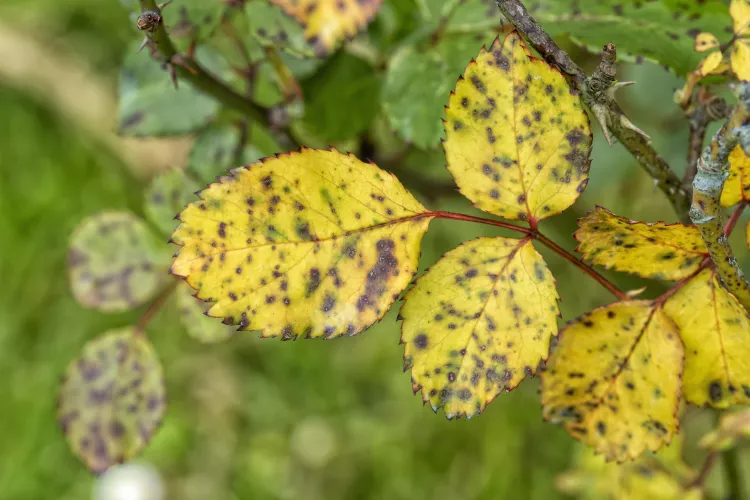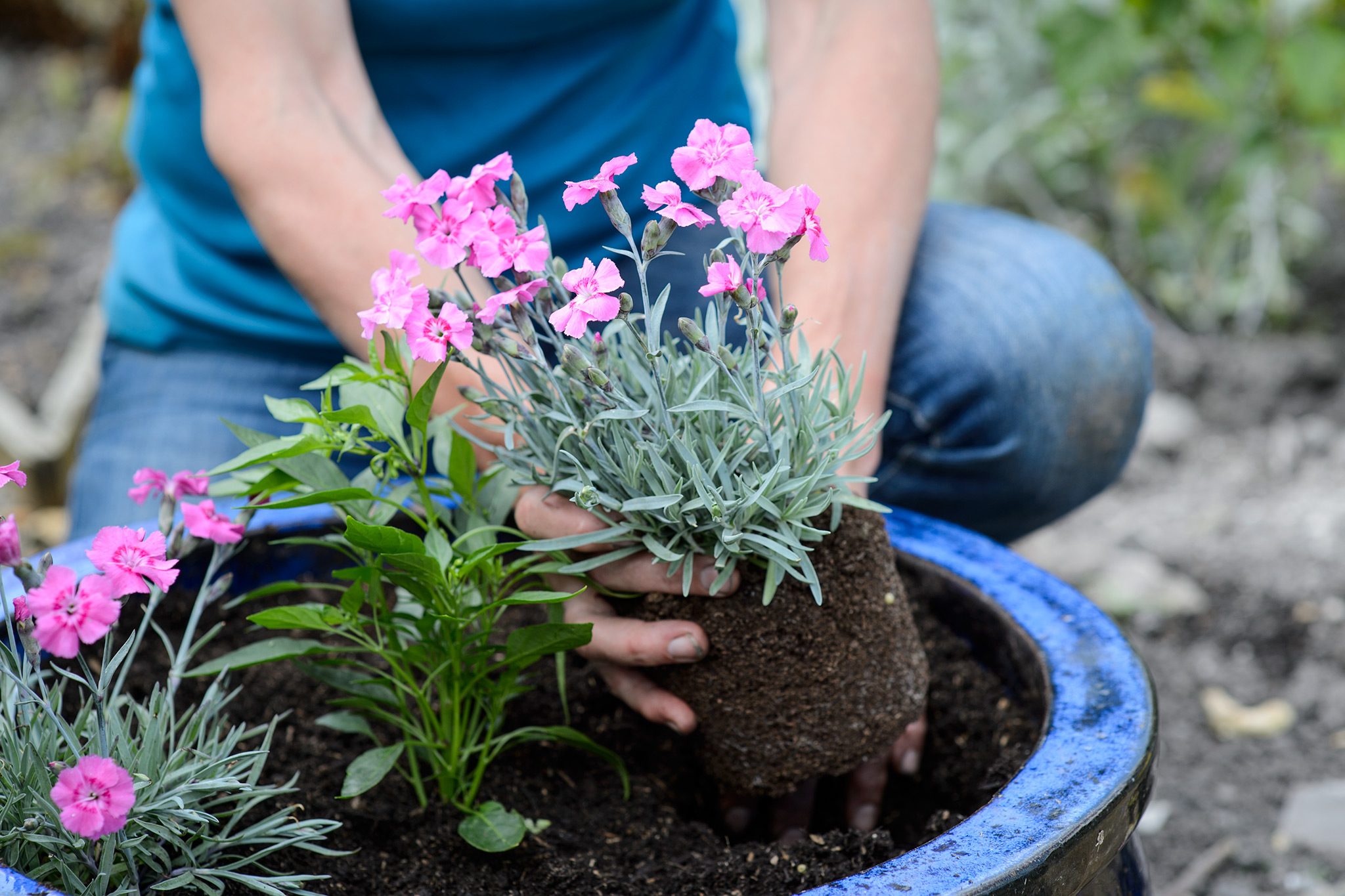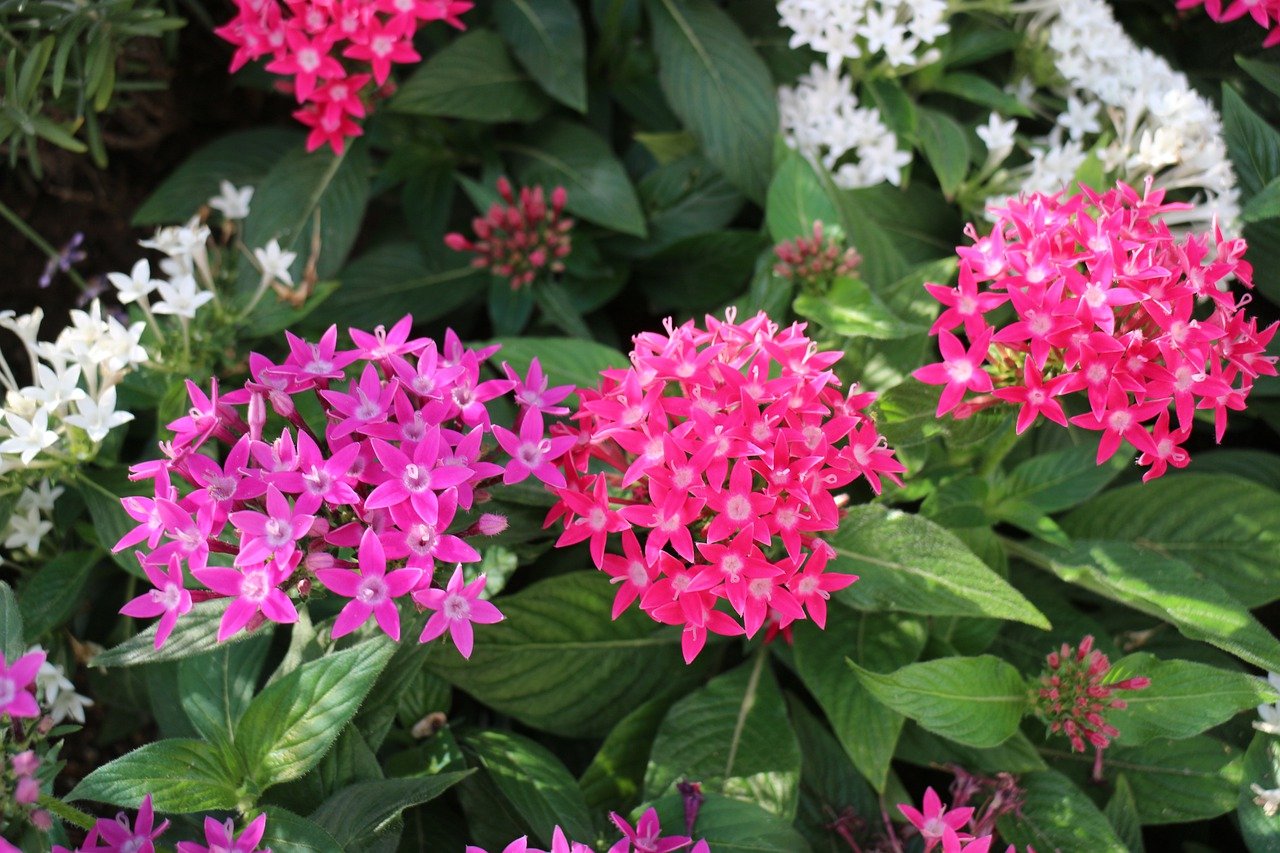Astilbes (Astilbe spp.) are among the simplest perennial flowers to cultivate. Their fluffy, feathery blooms appear in delicate white, pink, red, and purple hues, rising high on sturdy stems above light, fern-like leaves. Nearly immune to pests and requiring minimal upkeep, they brighten up shaded areas and add a gentle touch to sunny spots.
Plant and grow Astilbes during spring or fall, steering clear of the peak summer heat. If summer planting is unavoidable, ensure they receive consistent moisture until fresh growth appears. Although they grow slowly at first, these plants will flower beautifully for many years without being divided.
Table of Contents
ToggleAstilbe Care
Astilbe is prized for adding vibrant, long-lasting color to partially shaded borders, especially in spots with limited tall, colorful flowers. Its delicate, finely textured foliage contrasts with broad-leaved plants like heuchera, hosta, and Ligularia. You can even grow Astilbe in pots for added versatility.
In regions with hot, dry weather, it’s best to plant Astilbe in shaded areas and keep the soil consistently moist.
Various astilbe cultivars bloom from mid-spring through late summer. Mixing early, mid, and late-blooming varieties allows you to enjoy their blossoms for most of the growing season. The fluffy plumes last for several weeks and remain attractive even as they fade and dry. There’s no need to deadhead them, as the plants don’t produce repeat blooms.
Light
Astilbe thrives in partial shade but can adapt to full sun or shade. While it will still flower in full shade, a bit of sunlight helps the plant reach its maximum size. In areas with intense heat and dry soil, full sun can cause the foliage to scorch. So it’s essential to protect from the afternoon sun in such conditions.
Soil
Astilbe prefers nutrient-rich, consistently moist soil with a slightly acidic pH close to 6.0.
Water
The hotter the weather, the more water astilbe needs, especially when growing in full sun. These plants don’t tolerate drought well; the foliage will turn brown and dry out, and extended dryness can kill the plant. If rainfall is lacking, give Astilbe deep watering once a week at the base to avoid overhead spraying. Keep the soil moist but not waterlogged.
Temperature and Humidity
Astilbe is a hardy flowering plant that can withstand cold winters, even in harsh climates. After the first heavy frost, add about a layer of mulch around the base to help insulate the roots.
While Astilbe can grow moderately humidly, excessive humidity may produce powdery mildew on the foliage.
Fertilizer
Astilbe needs a good amount of phosphorus to produce healthy blooms, so go for a balanced fertilizer like 5-10-5 or 10-10-10. You can work the fertilizer into the soil about two weeks before planting or lightly scatter some granules around the base after planting. Once the plant is established, feed it every spring while the soil is still damp. Be sure to apply the fertilizer directly to the soil. Keep it off the leaves, especially if they’re wet, as it can cling and cause damage.
Types of Astilbe
New astilbe varieties are released regularly, including recent introductions featuring darker, more dramatic foliage. Some well-loved and reliable cultivars include:
Astilbe x arendsii ‘Bridal Veil’ – A mid- to late-season variety with elegant white plumes.
- x arendsii ‘Fanal’ – An early bloomer that shows off deep red flowers against striking bronze foliage.
- x arendsii ‘Rheinland’ – Another early-flowering option, known for its rich pink blooms and strong cold tolerance.
- chinensis taquetii ‘Purple Candles’ – Displays tall, chenille-textured plumes in a vivid purple shade.
- chinensis ‘Visions in Red’ – A compact grower with bronzed leaves and intense red flowers.
Pruning Astilbe
Astilbe plants are low-maintenance and easy to care for. Their flower heads dry naturally on the plant and often stay visually appealing for months. You can trim them once they begin to look worn or leave them through winter for added seasonal interest. Just cut them back in early spring before new growth starts.
Propagating Astilbe
Divide the plants every four to five years to keep Astilbe healthy and vigorous. In ideal growing conditions, they may spread faster and need dividing more often. Although astilbe seeds are available, they’re tricky to germinate. Starting with a young plant or division is much easier. Even a small start can grow quickly and bloom well in its first season.
In early spring, carefully dig up the root ball and slice it into several evenly sized sections using a sharp spade. Replant each piece at the same depth it grew before, and give them a good soak right after planting. Keep the newly planted divisions well-watered to help them settle in and bounce back quickly.
Common Pests & Plant Diseases
Astilbes are generally hassle-free and rarely affected by pests or diseases. While rabbits or groundhogs might nibble on the tender new shoots, mature plants usually recover quickly and show no lasting harm.

